Its not the most cheery of topics…but seasonal…do you ever think about death?
I’m going to ask you some questions…
1. Do you have a box with your past catalogues in?
2. Failing that do you have a full list and description on a spreadsheet of all works in your own possession and those which have been sold, to whom, when, where, and for how much, etc.?
3. Equally do you have an up-to-date record of any artworks that have been licensed, loaned, or given away?
4. Have you made a will?
5. Are you registered with resale right collection agencies?
If I am hearing sounds of collective sighs, ohhs, and ahhs, then you need to take action and do some serious admin and collating.
It is an unfortunate eventuality that we all will die at some point. No one wants to think about this, but as an artist if you are not clear in your will who will inherit your artworks, intellectual property, licensed income, and resale rights then your children, wider family or friends may end up losing out. Likewise, if you haven’t kept accurate records of where your work is, then frankly who has?
More importantly building an artistic, photographic, or crafts practice takes time, and what will be your legacy? You have a reputation, do you want to be remembered and your work to live on or totally forgotten? How well documented is your work in terms of good quality photography or digital storage? In terms of physical storage where and how is your work stored? Damp, dust, varying temperatures or poor storage can wreak paint, varnish, paper, board, canvas and other materials over time.
Recently Vincent van Gogh’s Sunflowers and those of other artists have been attacked by protestors. If you know about the conservation of cultural artifacts, then you will sympathise with the constant painstaking care required to preserve works for public display. One day, if art vandalism continues then tragically I fear some artworks will be lost forever. Regarding Van Gogh’s legacy the only reason he is a worldwide renowned artist is because mainly his brother’s wife Johanna van Gogh-Bonger spent her life promoting Vincent’s work. Though Theo and Johanna’s son Vincent Willem van Gogh also assisted his mother by establishing the Van Gogh Foundation. If it had not been for their tireless efforts then Van Gogh would have been recorded as a minor artist who had committed suicide, if in fact it was suicide, but there is another story.
It’s important to understand about copyright and how long it lasts, for most artworks in the UK it is life plus 70 years. Therefore if a licensed artwork extends after the death of the artist then who will manage or inherit these payments?
Artists’ Resale Right also lasts for your entire life and also 70 years after your death. When an artwork is resold via an agent, dealer, or auction house, the artist or their estate. i.e. who you leave your rights to, will continue to receive royalties. Royalties on resale start when a piece sells for over £1000 and can range from £40 to £12,500 in ARR payments each time.
Your children, family, friends or other beneficiaries can only benefit if you have written a will, made a plan, and have accurate records. Without which acrimony, arguments, and expensive courts cases will eat into any financial benefits. Equally what do you want your legacy to be, it’s not just about money, it could be educational and cultural. It won’t be much of a legacy at all if there are no instructions in place.
I’ve added several useful links below to help you understand more about your legacy.
Alison Branagan is available for one-to-one advice sessions, workshops, and lecturers.
The Artists Estate Book
The Artist’s Estate: A Handbook for Artists, Executors and Heirs,
A summary of which is here
Art 360 Foundation Artists’ Legacies Tool Kit
ArtQuest Living Legacies
ArtQuest Legacies After Death
Registering yourself and your work with DACs for Resale Rights (ARR)

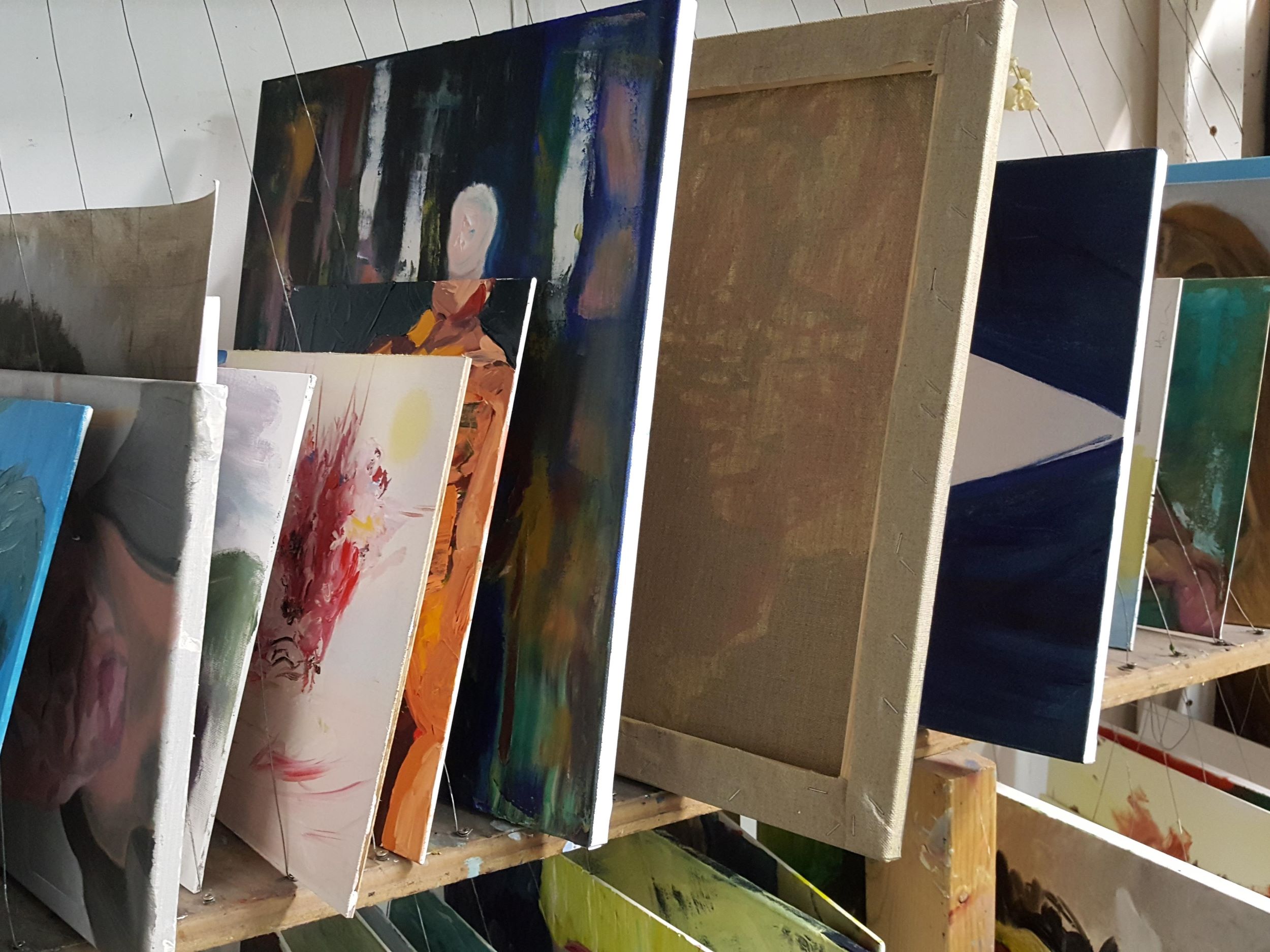
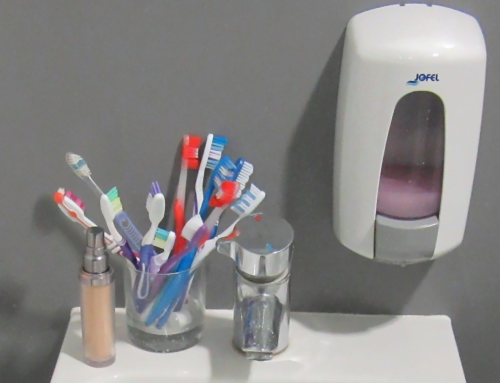
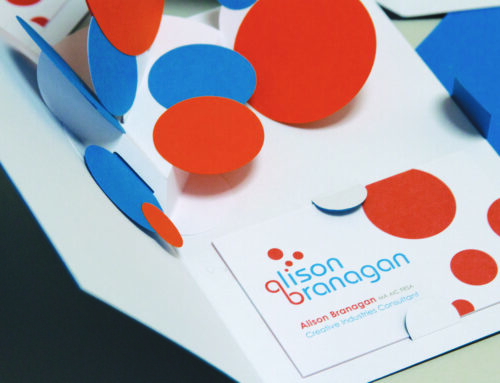
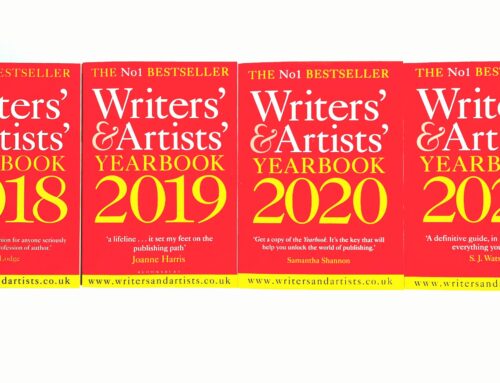
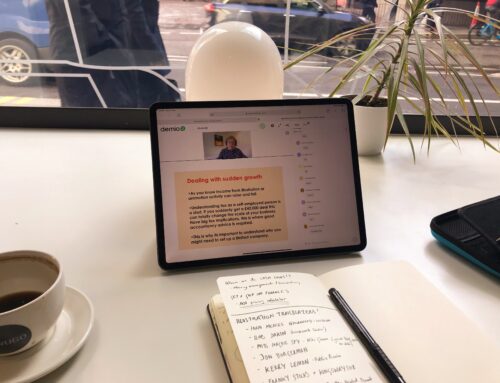
Leave A Comment